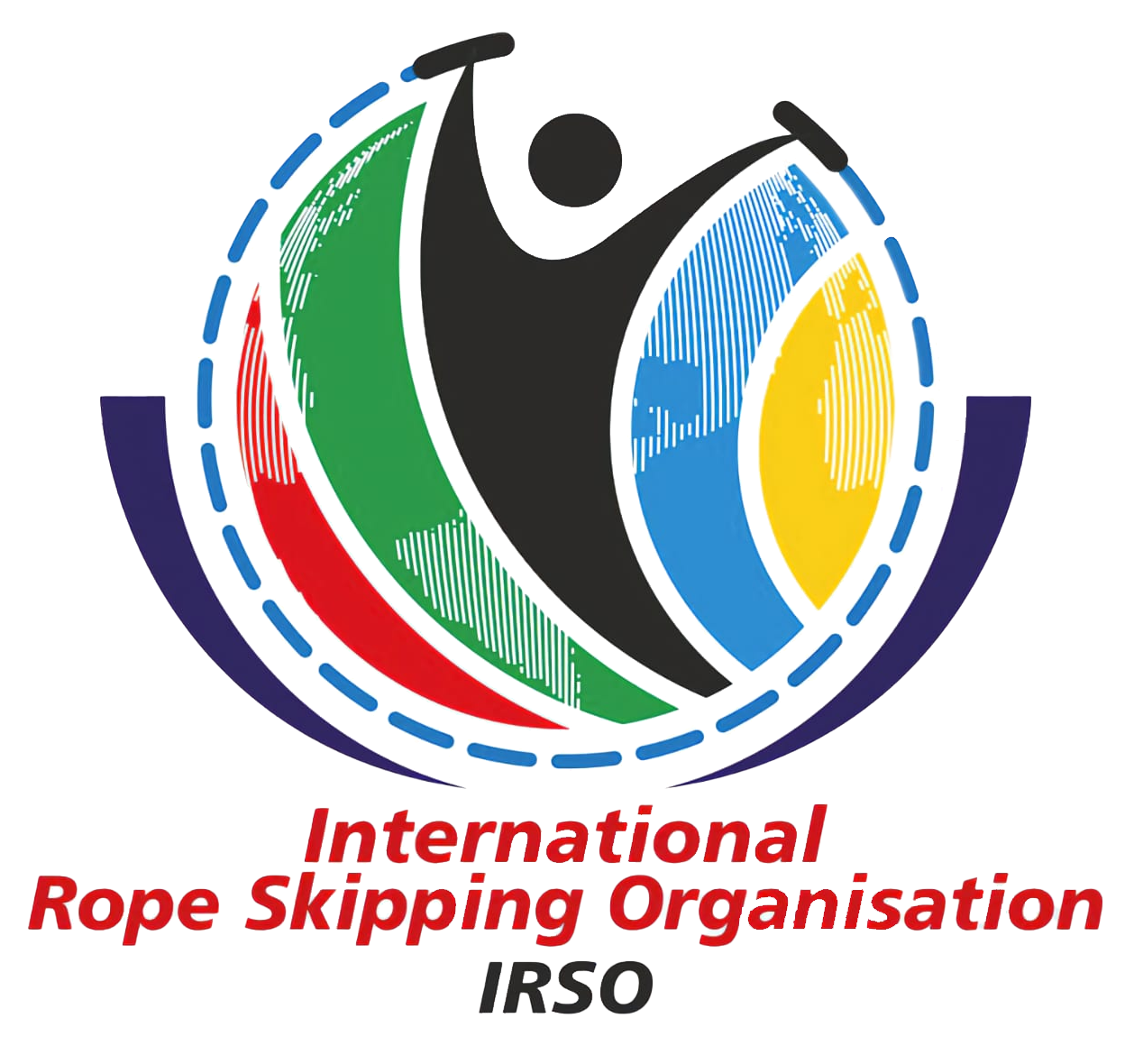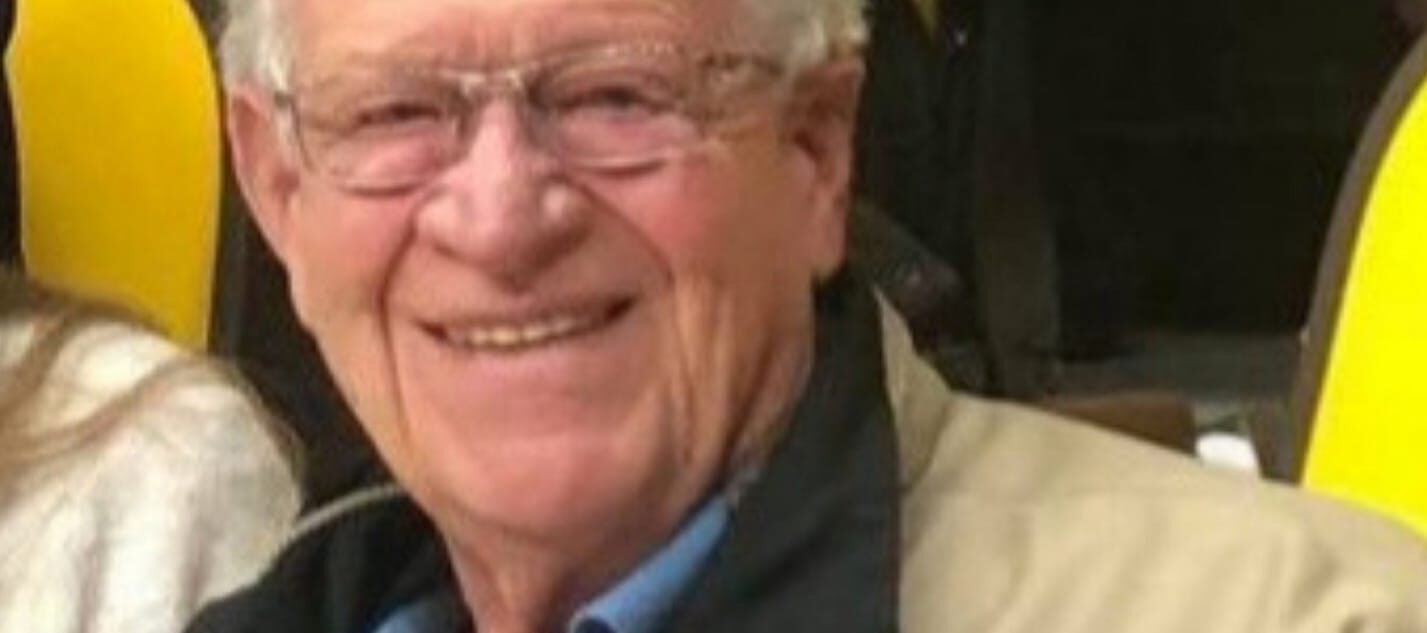“Caring and sharing for the love of Rope Skipping”
When Mr. Richard Cendali first started promoting his way of rope skipping, someone told him “rope skipping will not go anywhere in the future”. Look now: Rope skipping is a worldwide sport! We had an opportunity to hear Mr. Cendali, now recognized by many as the father/founder of rope skipping/jump rope sport, talk about his achievements and life with rope skipping. Richard Cendali interview by Prof. Susan Kim
When and how rope skipping started?
I was a football player for the University of Colorado. My coach told me to rope skip for physical conditioning. At the time, I did not know how to rope skip. I also did not want to do it because I thought only girls skipped ropes. However, my other option was to run up and down the football stadium steps.
Following graduation, I spent a summer as an unpaid aide to the strength coach of the San Diego Chargers football team and then went on to Colorado’s graduate school of education. In 1970 I hoped for a teaching position at Boulder High, but there was no opening. Instead, I took a temporary assignment at Boulder’s Aurora 7 Elementary School and soon discovered that I thoroughly enjoyed working with kids.
For five years at Aurora I used rope skipping in my classes, but only as a fun, coed activity to promote balance, coordination, and endurance. Then, after transferring to Douglass, I attended a phys ed conference in Denver and heard a presentation by a phys ed professor, Frank (Chief) Prentup, on rope skipping as a team sport. Prentup had introduced the idea in the U.S. in 1937. I asked if elementary school kids could learn to skip rope, the professor said yes, but not to a high degree of efficiency. “I turned to the woman next to me and said, ‘Baloney. Just give them a chance.’ ” I went back to Douglass and did just that. The Skip Its Team was created.
Do you prefer to use the term ‘rope skipping’ to ’jump rope’? If so, is there any reason?
I always use the term ‘rope skipping’.
You have been very influential on skippers around the world. Did anyone have a special influence on you?
Like I said, my football coach in college got me started, but a university professor who was also a boxer showed me rope skipping tricks and fancy foot works. He also showed me how to teach rope skipping and told me to let the kids come up with new tricks and footwork. Before that, I just taught my students the 26 basic tricks which I had developed.
What was the result of letting your students be creative?
They were great. Many new tricks were developed, and the tricks were named after person who created it. For example: the EB trick was named after its creator Edith Berry, EK Trick named after Eric Klassen, and the TS Cross was named after its creator Tim Shaw.
When and how did your students start performing to an audience?
I think it was in 1975. I went to a physical education conference. There was a rope skipping performance by a college team. I thought to myself, my kids are just as good. I told the conference organizer about my team, and subsequently my team was invited to perform at her school in Boulder Colorado.
What helped to increase awareness for your demonstration team?
With the help of the National Chairman of the American Heart Association, we collaborated with the ‘Jump Rope for Heart’ campaign in 1976. Through this activity, we became a national demonstration team and performed in the U.S. and in Canada. On later dates, we visited PE conferences throughout the world performing and teaching rope skipping. During our journey, we were featured in national publications such as “Sports Illustrated”, “Kids World”, and the “Weekly Reader”. We also appeared on national television shows such as Good Morning America, P.M. Magazine, and the Dinah Shore Show dazzling audiences with rope skipping tricks.
Before this campaign, someone said to me “rope skipping will not go anywhere in the future” but look what has happened. My team went on to perform for the world to embrace.
It is my understanding that you wrote a book on rope skipping. When was that and what was its purpose?
I wrote four books. The first one titled “Skip It for Fun “which is a photo illustrated booklet that explains 26 rope skipping tricks. … After that, I wrote three books on competitive rope skipping, “Single Rope Championships”, Double Dutch and the “IRSO Book”.
Other than performing and teaching, how did you go about popularizing your style of rope skipping?
I knew we needed something more than showing and teaching. We needed expansion into other countries and competitions. That is why I established the International Rope Skipping Organization (IRSO) through which we organized our first camp to which skippers from Europe and Asia came.
Who were the people that came from abroad to participate in the camp?
They were many individuals who were encouraged by our rope skipping and became motivated to participate and learn. They came to the camp, and then went back to practice, teach, and eventually establish a national rope skipping organization in their own country.
Have you greatly contributed to the establishment of many national organizations?
Yes, I strongly encouraged my foreign skippers to establish an organization by which they can systematically show and teach others rope skipping in their own country. I gave tons of information, anything they needed that I could provide. They were basically copying IRSO. Yet, each country had different needs to follow.
Why did IRSO become inactive?
It did not become inactive. IRSO was an American born organization that pursued as part of its mission the expansion of rope skipping throughout the world. So IRSO pursued many activities at an international level. Gradually, we needed an international governing body in which different national organizations as members can work together to organize international competitions, develop rules, and cultivate judges. Originally there were two competing multi-national rope skipping organizations: the International Rope Skipping Organization (IRSO), and the World Rope Skipping Federation (WRSF). IRSO focused on stunt-oriented and gymnastic/athletic type moves, while the WRSF appreciated the aesthetics and form of the exercise. In 1995 these two organizations merged to form Fédération Internationale de Saut à la Corde – International Rope Skipping Federation (FISAC-IRSF).
In a way, IRSO has been active since 1975. It just chose to combine and work together with FISAC-IRSF. I have never been interested in power and money involved with operation of an organization. Should a conflict of interest arise between the two organizations, IRSO was ready to act independently. Unfortunately, this happened recently. I truly hope to see IRSO grow and gain strong foothold in the future.
Did IRSO became IRSF?
No, IRSF does not represent another organization. It is just the English version of FISAC which is in French.
What do you think about International Jump Rope Union (IJRU)?
I believe that people with common goals should work together. If there are conflicts, they should learn to work together. Personally, when I do not get along, I find a way to get along.
What concerns me is International Jump Rope Union has chosen individuals, while people who worked 10 or more years with rope skipping are being eliminated. We should not think of money utmost, we should think of the “kids”. Spread the joy of rope skipping for everyone.
Talking about the joy of rope skipping, what are your fond memories of your life with rope skipping?
“We tend to forget that kids are people and, sometimes don’t give them the chance to do the things that excite them. I give them the opportunity to express themselves with a rope. What pays off for me is seeing a kid smile.” I have fond memories of working with kids and working with wonderful people who care. I also have happy memories of seeing the sport grow, watching what we accomplished for the love of the sport.
Richard Cendali interview by Prof. Susan Kim

